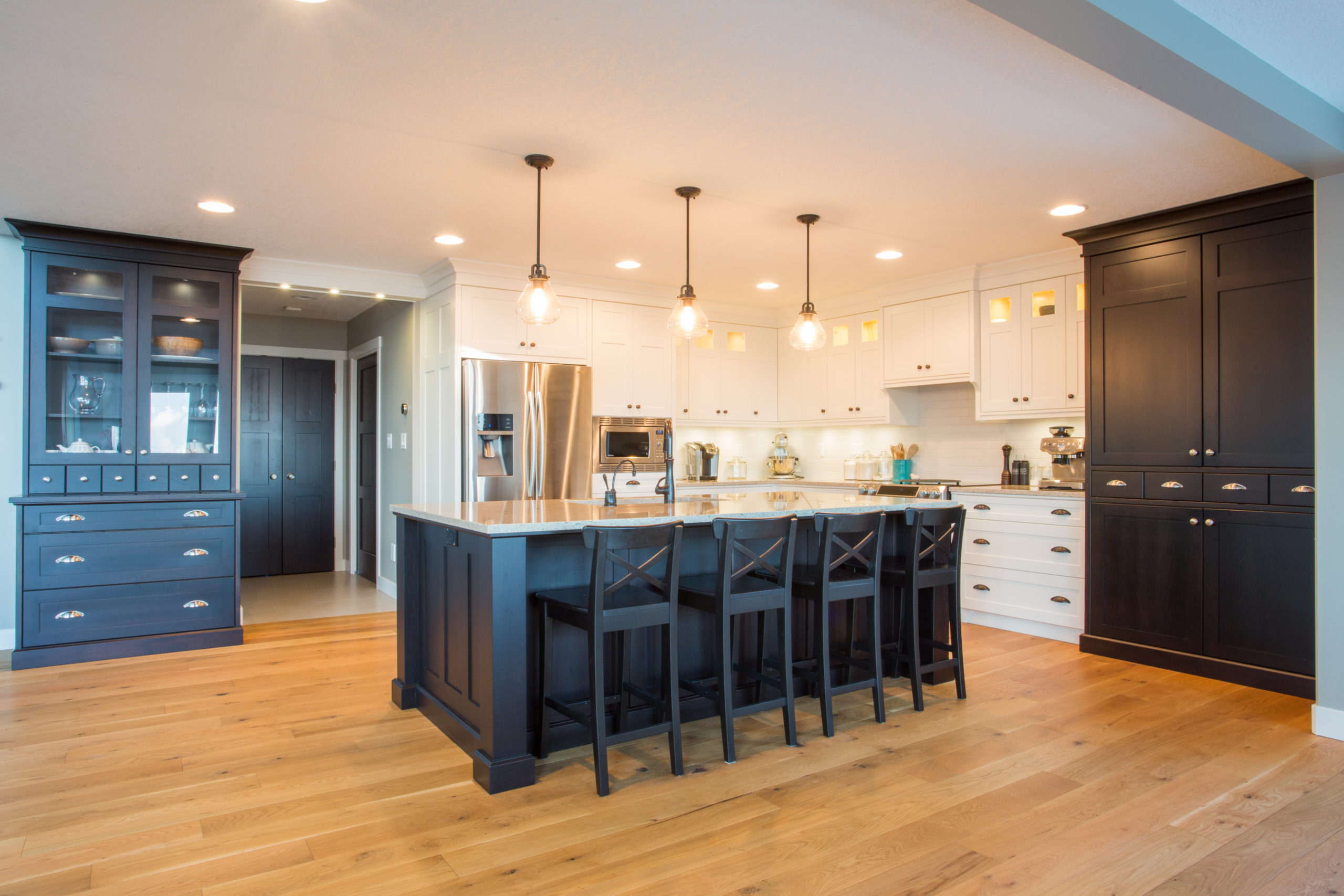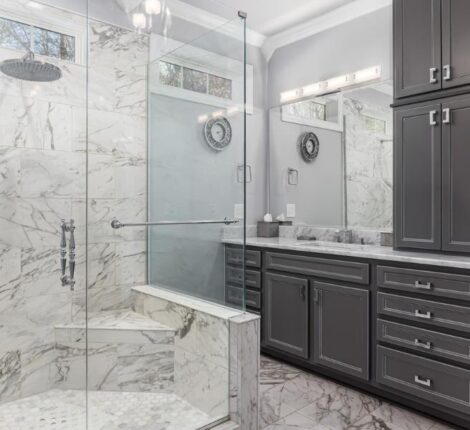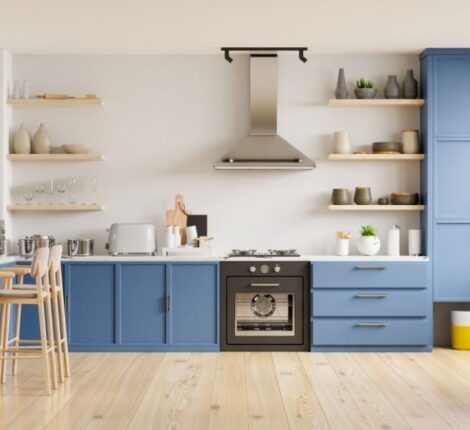How to Properly Maintain Wood Floors
Wooden floors are a beautiful addition to any home, but they require regular maintenance to keep looking their best. This guide will discuss the proper way to clean and care for your wood floors. We’ll cover everything from essential cleaning tips to more advanced techniques like sanding and refinishing. So whether you just installed new hardwood floors or you’ve had them for years, make sure to read our guide carefully.
Basic Cleaning Tips
Everyone wants to make sure their home is looking clean and well-taken care of. If you are unsure of how to maintain your hardwood floors, below are some basic tips for maintaining your home’s wooden floors.
- Sweep or vacuum regularly to remove dirt and dust, which can scratch or dull the finish on your floor.
- Wipe up spills immediately with a damp cloth; do not allow liquid to sit on the surface of the wood for too long because it may stain permanently.
- Use non-abrasive cleaners like Murphy’s Oil Soap when cleaning hardwood floors, especially in areas with heavy foot traffic such as entryways and living rooms. Make sure to test it in a small, inconspicuous area first to ensure it doesn’t damage the finish.
- Use a dry cloth to polish the floor once it’s been cleaned. Never use water or a wet mop. Water can seep into the wood and cause damage, so it’s best to stick with a dry mop or vacuum.
- Wood floors are susceptible to scratches and dents. You can minimize these by using floor mats and placing furniture on protective pads at all entrances. If your floors become scratched or dented, you can repair them yourself by sanding and refinishing them.
- Always use a soft cloth when cleaning wood floors. Abrasive cleaners or scrub brushes can damage the finish.
Refinishing Techniques
If you are planning on refinishing your hardwood floors, you have to sand off old layers of wax and polyurethane before applying fresh coats to protect against scratches. Sand well enough so that it feels smooth but not slippery underfoot.
- To refinish wooden floors, you will need to sand them down to the bare wood and then apply a new finish. You can do this yourself or hire a professional contractor.
- Be sure to read the manufacturer’s instructions carefully before starting any refinishing project, as an incorrect application could damage the flooring.
- When sanding hardwood floors, always use fine-grain sandpaper (220 grit or higher). Start with a low-speed setting on your sander and work your way up to medium or high speeds as you go along.
- Wipe away excess dust with a damp cloth before applying stain, sealer, and finish coats of polyurethane.
Repairing Damaged Areas
If your wood floors have been damaged by water or other types of liquid spills, you may need to replace them entirely. You can find plenty of guides online explaining how much it costs per square foot for new flooring installations – but if you’re short on time and money right now, fill in the gaps using an old piece from another room (or even some spare planks). Replace any missing parts too. If there’s anything left over after that, then head outside where I’m sure we could all use more storage space.
Preventive Care
In order to prevent damage before it happens, homeowners should:
- Avoid using harsh chemicals or abrasive cleaners on your wood floors.
- Keep furniture legs covered with felt pads to protect the floors from scratches and dents.




